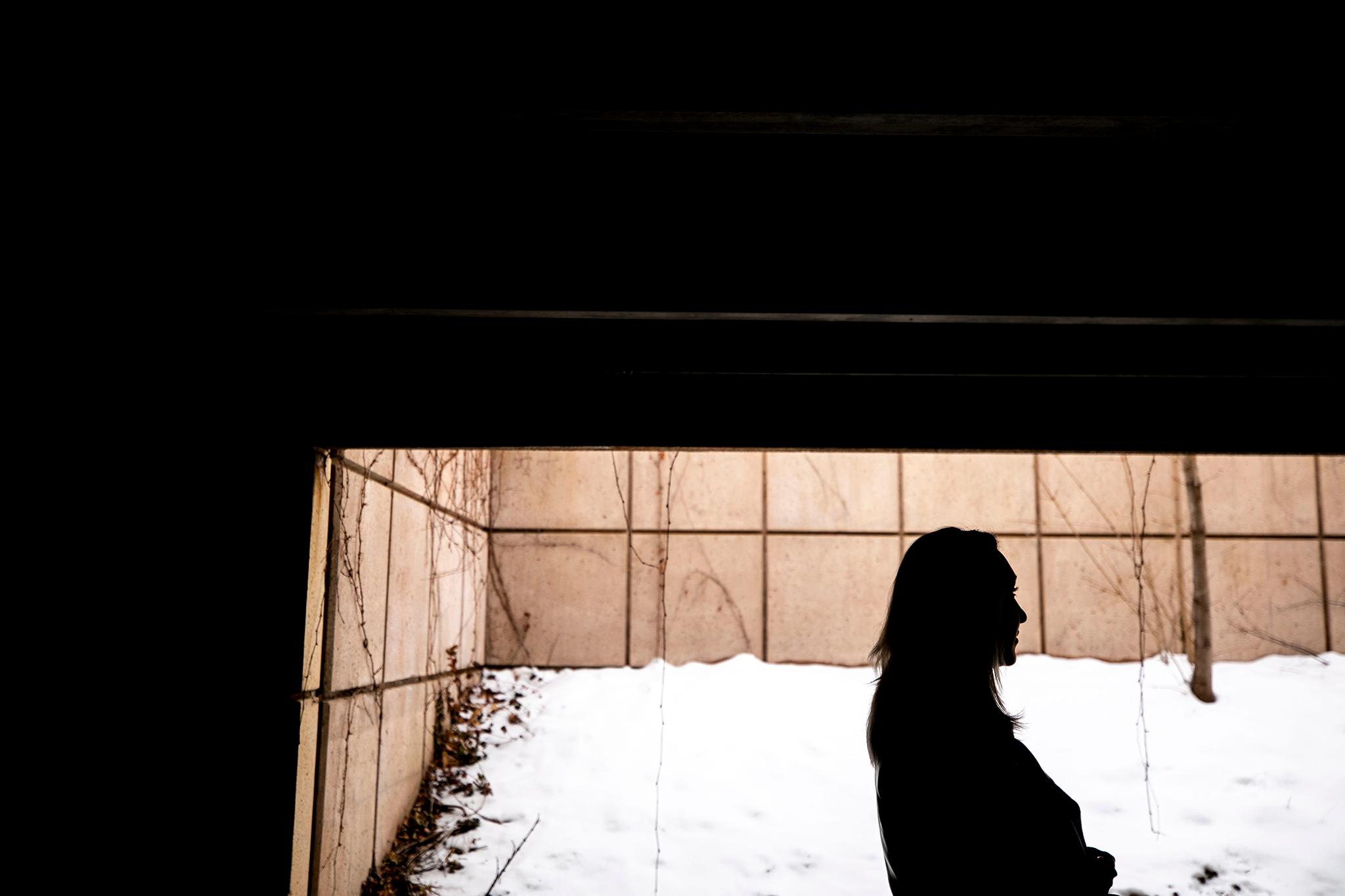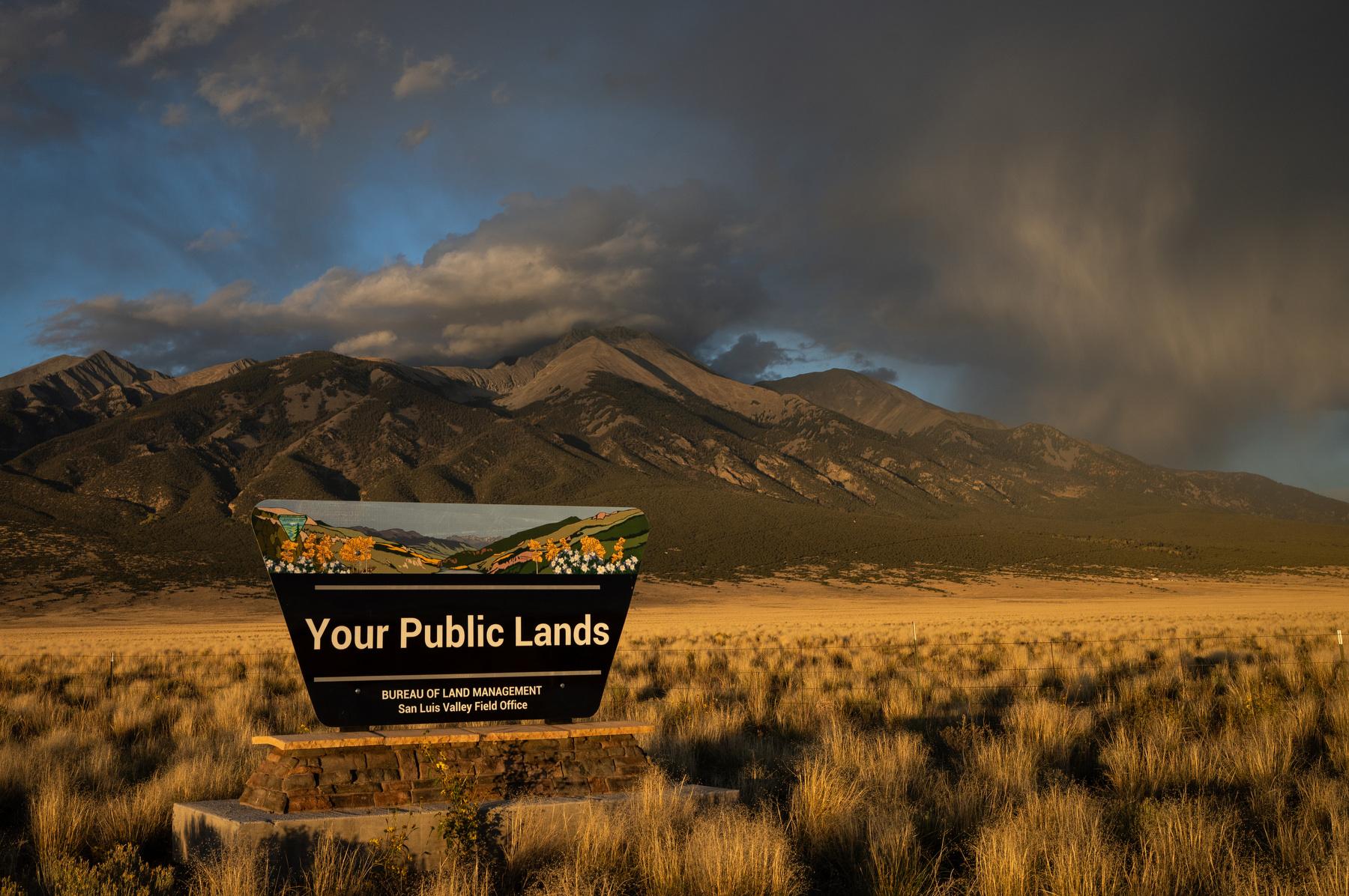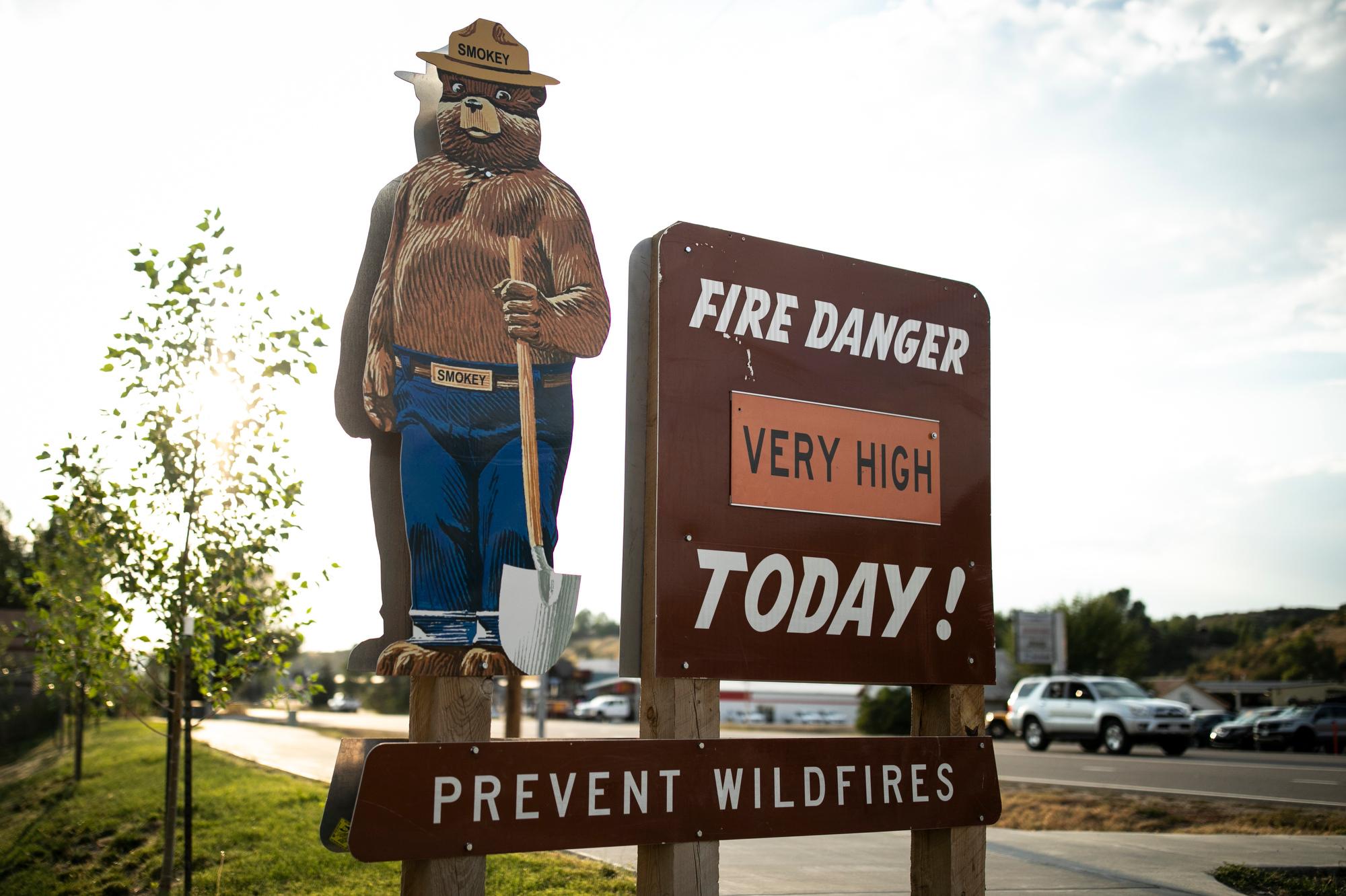
 Mark Twain once described the South Platte River as a “shallow … melancholy stream.” But 50 years ago this June, it became a deadly torrent. The Denver flood of June 16, 1965, claimed 21 lives and damaged or destroyed nearly 2,000 buildings. Property losses statewide were estimated at $543 million. Adjusted for inflation, that's more than $4 billion in today's dollars.
Mark Twain once described the South Platte River as a “shallow … melancholy stream.” But 50 years ago this June, it became a deadly torrent. The Denver flood of June 16, 1965, claimed 21 lives and damaged or destroyed nearly 2,000 buildings. Property losses statewide were estimated at $543 million. Adjusted for inflation, that's more than $4 billion in today's dollars.
Other floods in the state's history, writes Alan Prendergast in Westword, have resulted in a greater loss of life, "but no natural disaster has had more profound or lasting impact on state policy -- or in shaping the Denver we know today."
"It was something that just was beyond anybody's experience in Denver," Prendergast told Colorado Matters host Ryan Warner. "The Platte had flooded exactly once in the previous hundred years. There had been problems with Cherry Creek on and off, and they thought they had solved that with the Cherry Creek dam."
Click the audio player above to hear the conversation, and read some of the interview highlights below.
On the run-up to the flood:
"What happened that night was a combination of things. There had been a very weird set of weather for some time. A lot of storms, a lot of hail. And then this absolutely unprecedented rain that had occurred that day, starting in south Douglas County -- south of Castle Rock. There's a little creek that goes through Castle Rock, a tributary to the Platte, called Plum Creek. And it was ultimately going at a flow of a thousand times of what was normal. ... Then the Platte became this monstrous thing spreading out over the country side and taking out everything in its path. It was just something Denver had never seen before."
On the evacuation of downtown:
"There was some warning in the sense that they knew what was coming. By five or six in the afternoon, they knew this was going to hit downtown Denver by eight o'clock. There was this 15-, 20-foot wall of water that was just heading into Littleton. So there was the chance to do some evacuation, there was the chance to do some preparation. But there isn't much you can do to keep people away from the bridges, people away from the river. And basically, it took out every bridge up to Colfax as it came though Denver."
On lessons learned from the flood:
"The river had just been ignored for a hundred years. And that was one of the themes of what we got out of this. Suddenly, people were thinking about 'what do we do with this river that goes right through the heart of Denver and for years we've used as a sort of sewer?' It was a dumping ground. It was not developed in any coherent way. And a lot of that came back to haunt them the night of the flood. In addition to the force of the water, you had this incredible debris flow. ... There were all these fuel tanks, things from the rail yard, cars, houses even, smashing up against the bridges until they finally couldn't take anymore and they went under. ..."
"It hit the rail yards. It hit Tivoli, the brewery. It swamped a lot of that. Frankly, the Auraria campus is one of the things that came out of this because so many structures were damaged in that area. There was an urban renewal campaign, and it narrowly passed, but it basically said 'let's turn this area into this urban campus as one of the many improvements we want to do as results of this flood.' ... For years, the Denver Urban Renewal Authority had wanted to do something like this and the flood became an excuse, I guess, to do that. But more importantly, it really changed over time the way we thought about the river. They built Chatfield dam, we had an urban flood control district established, and the river itself began on a long cleanup. ... It didn't happen overnight, but I think there was a rethinking of what this river could mean as an asset to this city."
On the chances for another catastrophic flood:
"Right now, the Army Corps of Engineers is looking at Cherry Creek dam, which has been there for 65 years without incident. The spillway has never been tested. But they're saying if there's a dramatic enough event, there could be a topping of that dam. Which would be disastrous now because of all the development that's occurred since that dam was built. So it's a remote possibility, but everyone before the '65 flood thought that could never happen."








